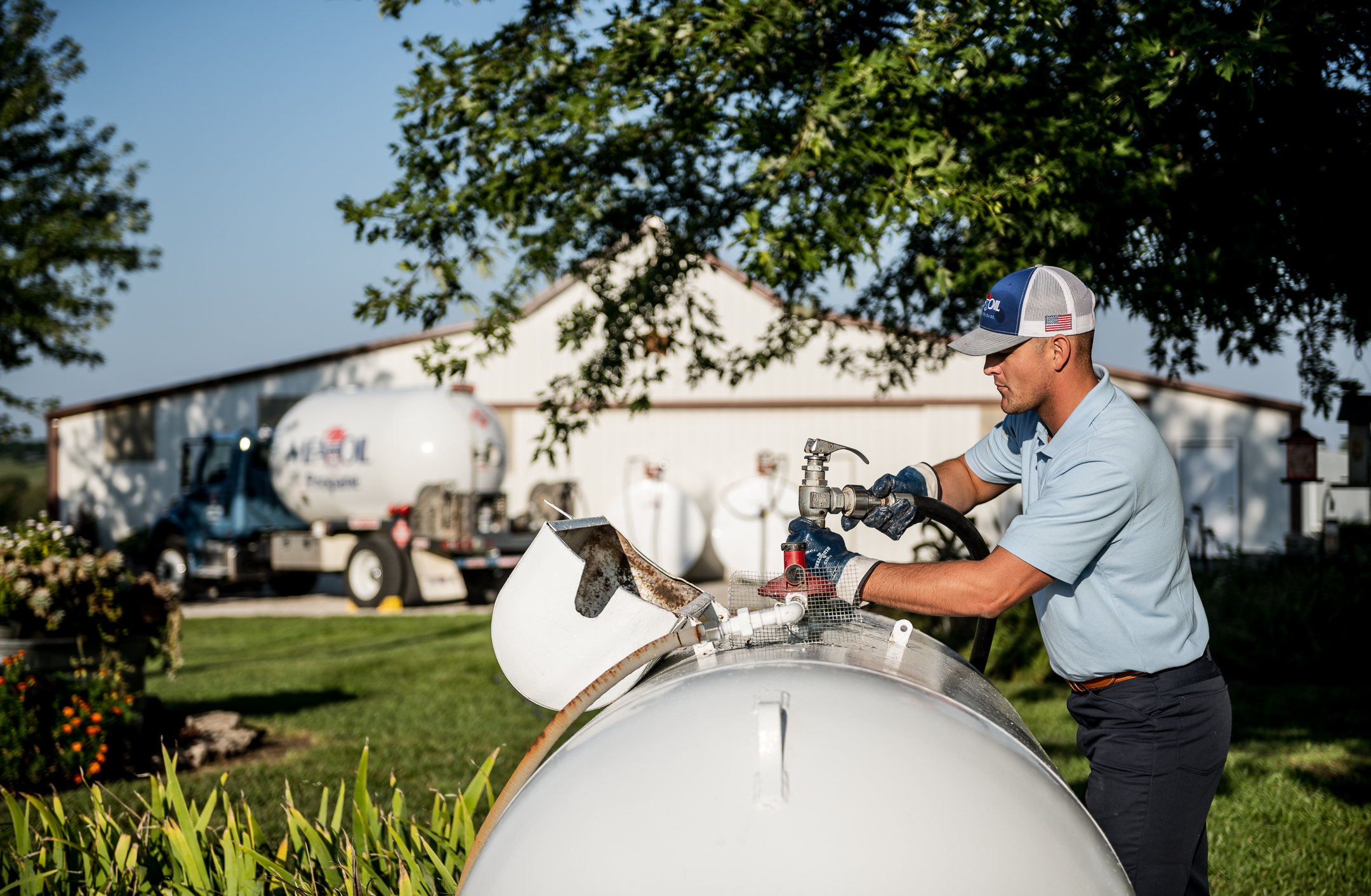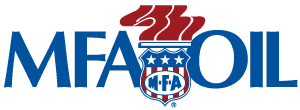
All News >> Digital Newsletters
Three Propane Facts Everyone Should Know
March 24, 2022
Written By Adam Buckallew
Propane prices can be volatile.
The price of propane is complex and influenced by seasonal demand. You’ve probably observed how gasoline and diesel prices can go up or down at your local gas station, depending on market conditions. Like those fuels, wholesale propane contracts trade on commodity markets, which causes propane prices to fluctuate daily.
Propane is produced as part of natural gas processing and sometimes oil refining, and the price of propane usually falls between those two commodities. Prices tend to go up — and wait times get longer — when temperatures plunge, roads get icy and demand for propane and other heating energy surges. The warmer months typically offer opportunities to purchase propane ahead of time at more favorable pricing levels.
Propane tanks are never filled to 100% capacity.
If you have ever checked your propane tank gauge after delivery, you might have noticed the tank is not full. If you’ve wondered why, the answer is safety.
Propane stored in your tank is a liquid. As it leaves the tank, the liquid converts to vapor. Like other liquids, propane expands as its temperature rises. However, propane can expand up to 17 times the volume of water under the same temperature conditions.
The potential for expansion is why MFA Oil employees typically fill to about 80%. The extra space left in the tank allows propane to safely expand when it’s hot. Conversely, propane will contract and become denser when it’s cold. Fluctuations in temperature don’t change the volume of propane in your tank – it only changes the amount of space it takes up within the tank.
The color of your propane tank matters.
Paint protects propane tanks from rust and corrosion. The National Fire Protection Association safety code calls for painting propane tanks with heat reflective colors. Lighter shades such as white, silver and light gray are common choices. Tanks painted with darker colors absorb heat, which causes the gas to expand and pressure to build. Overheated tanks can trigger the safety relief valve to open and release gas to reduce the excess pressure within the tank. MFA Oil prioritizes safety and chooses to paint its tanks white or light gray to maximize heat reflection.

